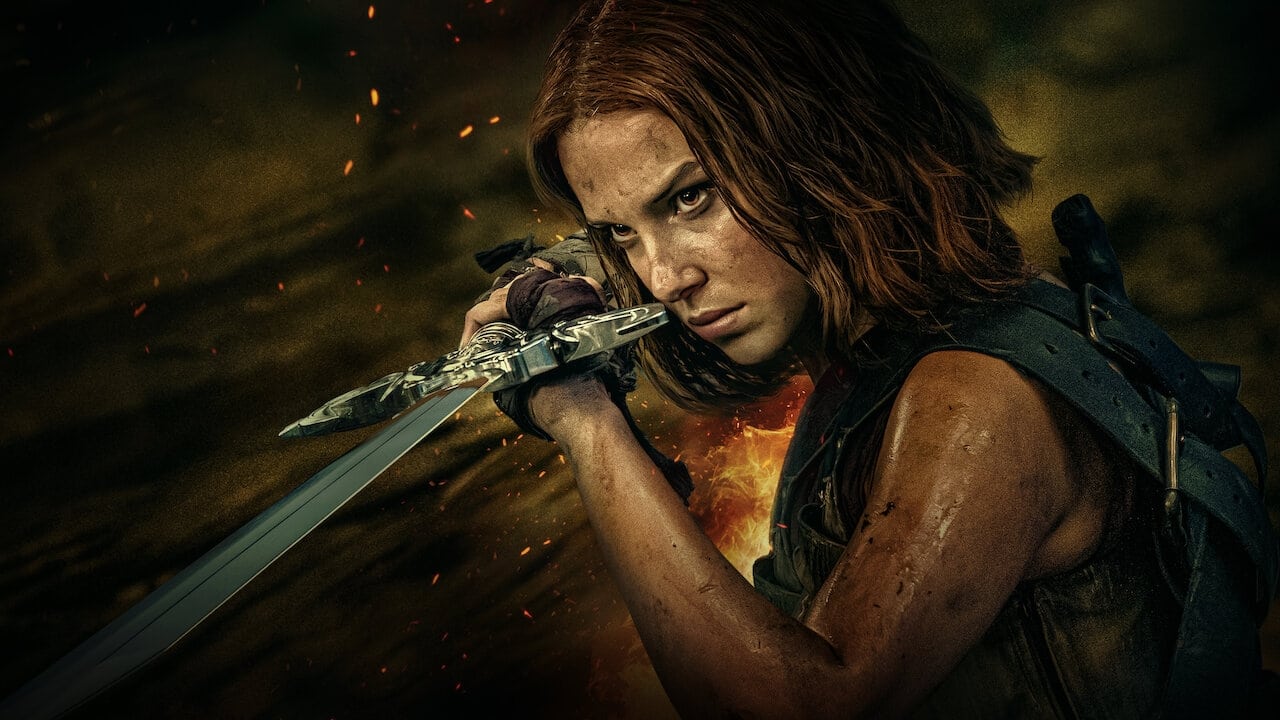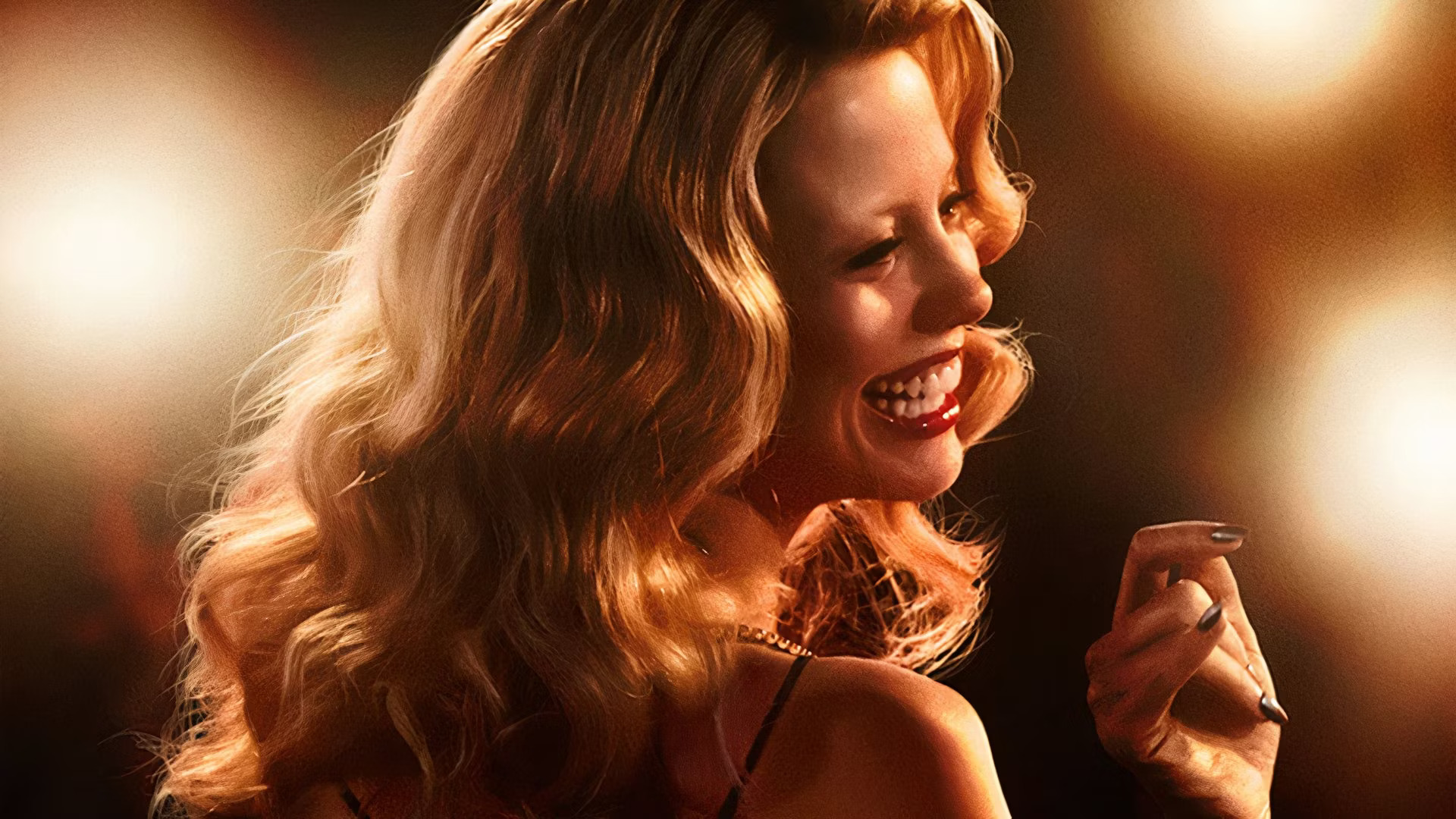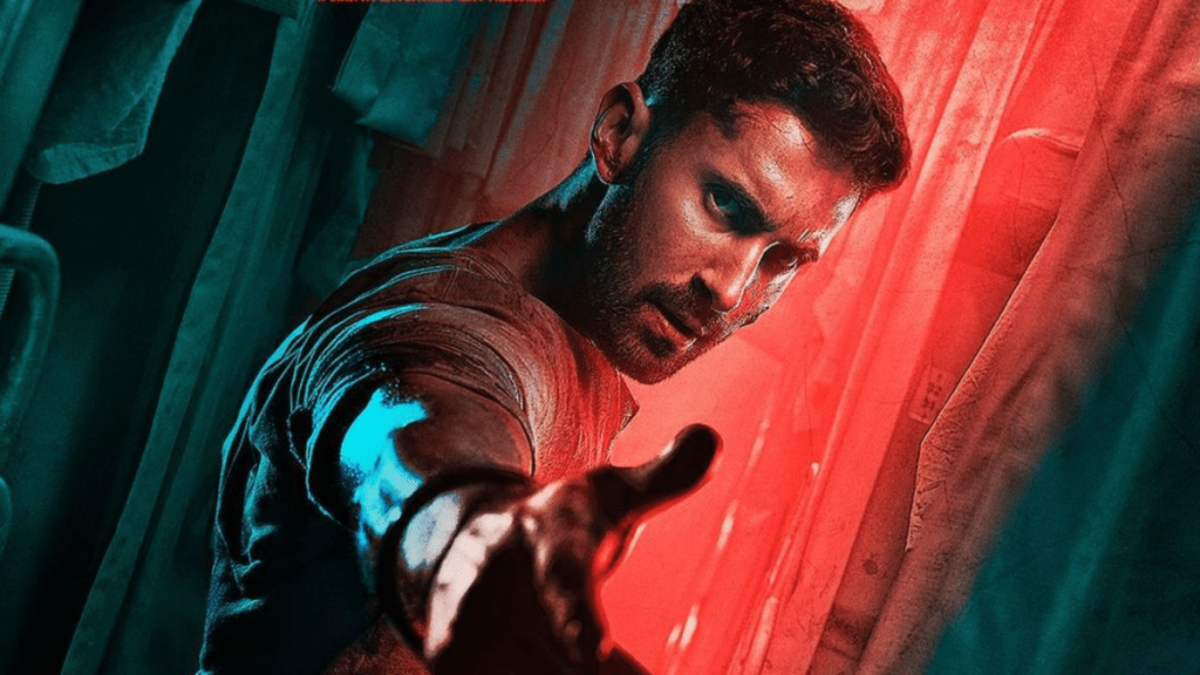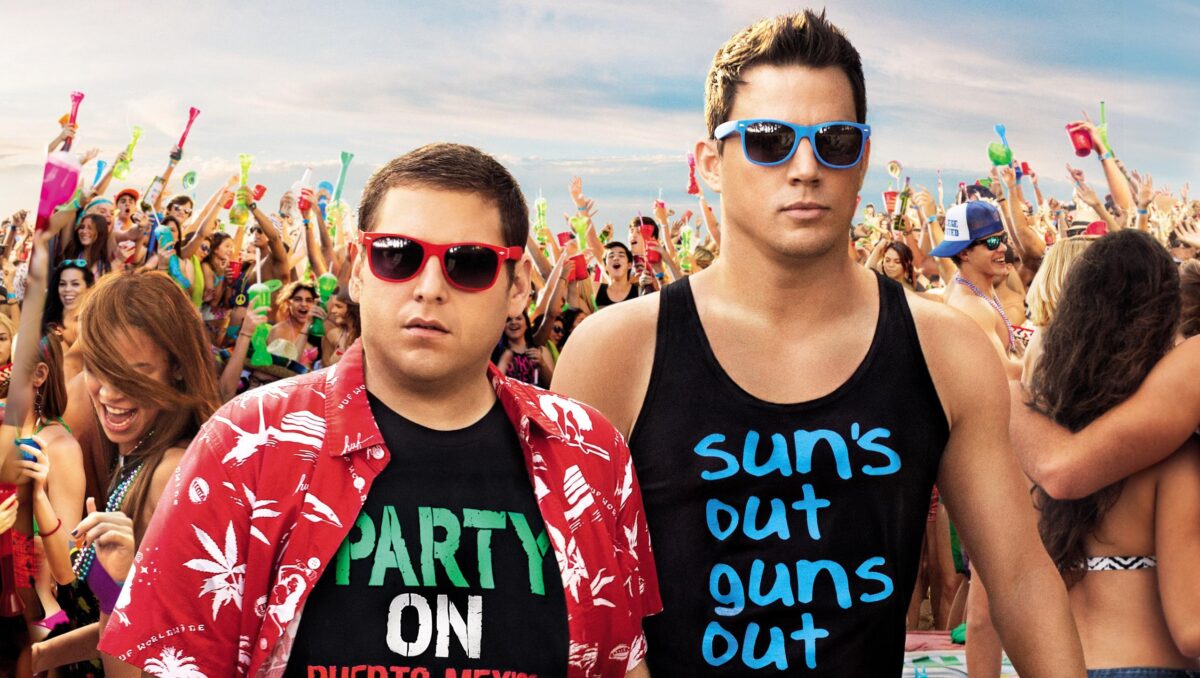Is Netflix in the business of filmmaking or not? Despite large budgets and attractive talent attached to their productions both in front and behind the camera, the streamer has difficulty making their imprint on blockbuster cinema because of their stubbornness not to release their most significant projects in major cinema chains.
Enter their latest product, Damsel, which boasts an incredible cast from Millie Bobby Brown to Ray Winstone, Robin Wright, and Angela Bassett. It’s also directed by genre filmmaker Juan Carlos Fresnadillo, known for horror films such as Intacto and 28 Weeks Later.
RELATED: Millie Bobby Brown’s DAMSEL Sets Release Date and Drops New Teaser Art
Even better, cinematographer Larry Fong, best-known for his collaborations with Zack Snyder on 300, Watchmen, and Batman v. Superman: Dawn of Justice, brings his lens to the Medieval world of Aurea to visualize a dark fantasy tale in which Lord Bayford (Ray Winstone) is tricked into marrying his daughter, Elodie (Brown) to Prince Henry (Nick Robinson), to save his kingdom.

However, Henry never intends to marry Elodie but will push her into a cave where a dragon (Shohreh Aghdashloo) will burn her alive, keeping it at bay from destroying the kingdom of Aurea. It is revealed that the kingdom frequently brings girls to “marry” Prince Henry, only to have them sacrificed for the Dragon, as thousands of years ago, the first King murdered the Dragon’s family unprovoked. Elodie is now the latest to be sacrificed to the Dragon unless she learns the truth about the Kingdom of Aurea and its Queen, Isabelle (Robin Wright).
Damsel Has a Few Fun Sequences, But…
This doesn’t seem like a bad movie, in and of itself, and there are certainly scenes in which Fresnadillo shows confidence behind the camera as he and Fong craft thrilling sequences. One of them sees Elodie attempt to escape the Dragon’s magma-fueled breath through a twisted tunnel, where her body keeps being stuck in tight corners. The claustrophobic camerawork elevates the already palpable tension, and it gets even better once she has to jump from one place to the next, as a handheld shot follows her as she literally and figuratively attempts a leap of faith.

Those moments, including a few neat flourishes of inflamed birds lighting up the Dragon’s Den as they fly (to their death), give Damsel a unique visual palette that feels decidedly the director’s own rather than a “by committee” product Netflix is usually accustomed to selling with their large blockbusters. However, they’re so fleeting it’s almost surprising when Fong’s name appears during its opening credits – the man responsible for some of Snyder’s greatest-ever images is reduced to craft action sequences on the fakest green screen-laden sets you’ve ever seen with zero depth of field or a sense of kineticism.
It almost feels like a miracle whenever Fong comes up with something cool, such as a corkscrew tilt as Lord Bayford is trapped in the Dragon’s tale or plays with [empty] space as the large creature fills the screen. Those moments act as a reminder of why he’s one of the best cinematographers working today, but his post-Kong: Skull Island body of work hasn’t been as strong or as boundary-pushing as when he shot on film and had an incredible visual artist to lead his compositions.
Fresnadillo has the chops to direct competent action scenes, and there certainly are some, but he can’t capture a shot that doesn’t feel synthetic within the massive world of Aurea. It also doesn’t help that immediate comparisons to The Lord of the Rings: The Rings of Power arrive as soon as Elodie and her family are on a boat en route to Aurea, where images of Númenor quickly come to mind. Fresnadillo and Fong almost don’t hide their visual inspirations, which never feel as vivid as in the Prime Video show, where the money is always on the screen and the environments in which the characters inhabit feel lived-in.
In Damsel, Aurea feels plucked out of other stories, as opposed to its world, and the same can be said for the medieval tropes it consistently steals. Screenwriter Dan Mazeau puts every one of them in a blender to see what sticks but never appropriates them in a way that makes them feel fresh and exciting. None of the swordplay scenes feel like they belong in the world of Aurea but are, instead, a smorgasbörd of better and more exciting medieval epics.
Millie Bobby Brown Can’t Save Damsel from Feeling Stale
It also doesn’t help that its main actors have no sense of chemistry, with most of its biggest stars wasted in flat, stilted performances in an environment where they feel like none are acting together on set. This is incredibly apparent with Wright and Bassett, who feel like they shot their respective scenes on two different sets. Both actors are some of the game’s best, yet their talent feels pitifully wasted here. Wright is reduced to a one-note antagonist with very little development, other than she sacrifices a girl for the dragon, and that’s that.

The film could’ve entered Prince Henry into a morally grey area as he spent time with Elodie before his eventual betrayal. However, its cookie-cutter aesthetic and monotonous performance from Robinson doesn’t help convey that perhaps these people shouldn’t be trusted. None of the antagonist actors can represent something sinister afoot, even when the aesthetic clearly shifts into something darker. Their turns seem so distant from what’s shown on screen it feels like they belong in an entirely different film.
Brown can’t even save the movie from being anything but lousy, with her performance in sleep mode. Compared to the impressive Enola Holmes movies, it’s almost as if she did not care about acting in a completely artificial environment with lifeless direction and dull visual language. Since her breakout role in Stranger Things, Netflix has attempted to prop her up as a star. However, it has spectacularly backfired: Brown has no sense of charisma with Robinson and can’t develop her protagonist’s arc in a way that feels natural for its story. However, I’d be willing to bet it isn’t her fault and is more in line with Mazeau’s uninspired screenplay and Fresnadillo’s lacking direction.
If a filmmaker can’t direct an actor to use their imagination on a green screen soundstage, the emotional power on screen will be minimal. As a result, Damsel never flies past its shortcomings, even if it contains several impressive sequences. Fong still has the juice, but he can only go so far when the environment he has to work in is limited.
RELATED: DAMSEL Drops Stunning Teaser Trailer During Netflix Geeked Week ’23
After the spectacular Dune: Part Two, it should be illegal for major blockbusters to look this shoddy and not understand basic shot composition for the audience. Netflix thinks no one will notice, but something doesn’t look right immediately once the King enters the Dragon’s cave…
Rating: 2/5
About Damsel

Release Date: March 8, 2024
Director: Juan Carlos Fresnadillo
Screenplay: Dan Mazeau
Music: David Fleming. Score produced by Hans Zimmer.
Producers: Jeff Roth, Jeff Kirschenbaum, Chris Castaldi
Production: Roth/Kirschenbaum Films
Distribution: Netflix
Cast: Millie Bobby Brown, Ray Winstone, Angela Bassett, Nick Robinson, Shohreh Aghdashloo, and Robin Wright.
Synopsis: A dutiful damsel agrees to marry a handsome prince, only to find the royal family has recruited her as a sacrifice to repay an ancient debt.
KEEP READING: CANDELA Review- An Interconnected Tale of Loneliness





